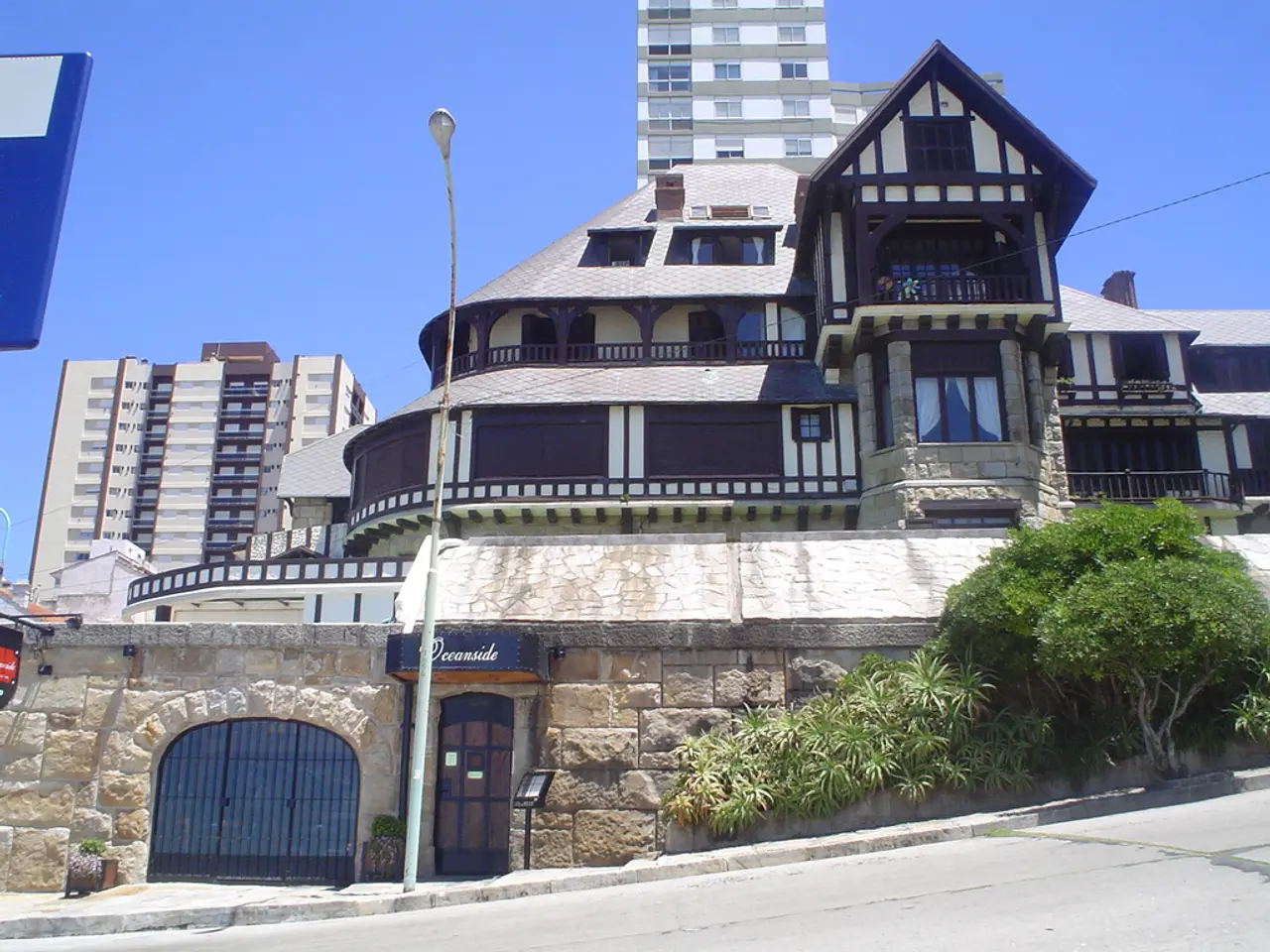Unveiling the Financial Burdens That Come With Purchasing a New Home
Buying a New Property: Understanding the Hidden Costs
Buying a new property can be an exciting time, but it's essential to be aware of the hidden costs that can come with it. These costs, which can range from about 3% to 5% of the home's value upfront, plus ongoing expenses, can strain your finances if ignored.
1. Sponsor or Developer Fees
In new developments, costs such as transfer taxes and legal fees, which are often paid by sellers in resales, may be shifted entirely to you, the buyer. These fees can be an unexpected and significant addition to your closing costs.
2. Closing Costs
Closing costs include fees for inspections, appraisals, lender origination, title insurance, and more. Typically, you should plan to save at least 3–5% of the home’s value for these one-time costs at purchase.
3. Common Charges / Homeowners Association (HOA) Fees
For condos or homes in planned communities, monthly HOA fees start low to attract buyers but can increase substantially after the developer leaves. In NYC, an increase of 30% or more over a few years is common. HOA fees cover maintenance of shared spaces like pools, landscaping, and sometimes amenities.
4. Property Taxes
Property taxes can increase after purchase, especially if the property was previously under-assessed or reassessed at a higher rate.
5. Home Maintenance Costs
On average, homeowners spend about $8,800 annually on maintenance, repairs, and replacements of major systems or appliances. This cost is often underestimated by first-time buyers coming from rentals.
6. Utility Bills
Utility expenses may jump, particularly if the new home is larger or less energy efficient.
7. Moving Expenses and Furnishings
Moving costs may include hiring movers, utility setup fees, and buying furniture, tools, or household items you lack.
8. Insurance
Homeowners insurance is required and may be higher depending on coverage. Consider life and disability insurance to protect mortgage payments if you face illness or job loss.
Summary Table of Main Expenses
| Expense Type | Approximate Cost / Note | |-----------------------------|------------------------------------------------| | Closing Costs | 3%-5% of home price (one-time) | | Sponsor/Developer Fees | Varies; can be substantial and shifted to buyer | | HOA/Common Charges | Monthly fees, often rising post-purchase | | Property Taxes | Variable; often increase after purchase | | Maintenance & Repairs | ~$8,800 annually on average | | Utilities | Variable; potentially higher than before | | Moving & Furnishing | Variable; can add thousands | | Insurance | Ongoing premium; varies by coverage |
In total, plan to have a financial cushion beyond your down payment to cover these hidden and ongoing costs, and budget monthly accordingly to handle HOA fees, taxes, insurance, utilities, and maintenance. Being prepared can help prevent financial surprises post-closing.
Additional Costs for New Builds
New builds may include hidden fees such as reservation fees ($500-$1,000), delayed completion penalties, or management fees ($100-$500/year). Some developers charge for upgrades (e.g., flooring, $1,000+). To manage these expenses, it is recommended to research local tax rates, get multiple quotes for legal and moving services, and prioritize inspections. New builds might require landscaping, costing over $1,000.
Remember, renovation and customization costs, such as adding a kitchen island, painting, or installing smart home tech, can range from $5,000 to $20,000. With careful planning and budgeting, you can turn your new space into a smart investment.
[1] Bankrate, (2021). 10 hidden costs of buying a new home. Retrieved from https://www.bankrate.com/home-buying/10-hidden-costs-of-buying-a-new-home/
[2] Forbes Advisor, (2021). What are the true costs of buying a home? Retrieved from https://www.forbes.com/home-improvement/mortgages/what-are-the-true-costs-of-buying-a-home/
[3] NerdWallet, (2021). How much does it really cost to buy a home? Retrieved from https://www.nerdwallet.com/blog/home-ownership/how-much-does-it-really-cost-to-buy-a-home/
[4] Zillow, (2021). How much do home repairs cost? Retrieved from https://www.zillow.com/research/home-repairs-cost-25278/
9. Renovation and Customization CostsSome developers or homeowners may charge for various renovation and customization costs, such as installing a kitchen island, painting, or adding smart home technology, which can range from $5,000 to $20,000.
10. Landscaping CostsIf the newly purchased property requires landscaping, it may cost over $1,000 to maintain and develop an attractive outdoor space.
11. Real-estate Investing OpportunitiesConsider investing in real-estate by purchasing rental properties or property flipping for potential financial returns. However, this venture entails careful research, planning, and management to minimize hidden costs and maximize profits.




